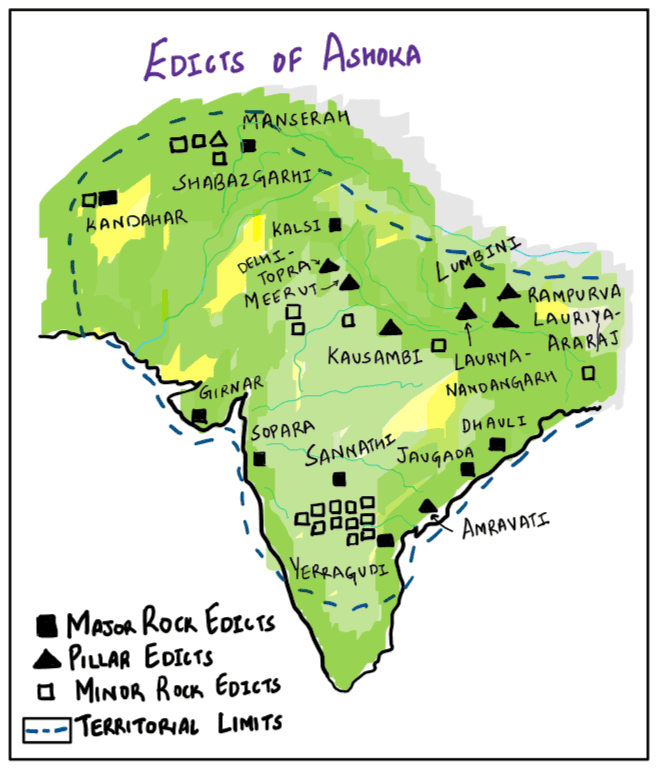UPSC Prelims 2022 Analysis
Subject-Wise Weightage
- Environment & Ecology (18 questions): The highest representation, emphasizing topics like biodiversity, climate change, and maps for environmental hotspots.
- Economy (16 questions): Focused on fiscal policies, budget trends, and government schemes.
- Science & Technology (15 questions): Covered emerging technologies, space missions, and their applications.
- Indian Polity (12 questions): Standard focus on constitutional principles, assertion-based questions, and governance issues.
- Other Notable Areas: International Relations (11), Art & Culture (7), and Geography (10 combined), with many match the following type questions.

Difficulty Analysis
- Easy (25 questions): Covered fundamental NCERT concepts and basic factual recall.
- Medium (48 questions): Required analytical abilities, conceptual clarity, and deeper reasoning.
- Hard (27 questions): Tested multi-dimensional application and assertion-reasoning skills.

Variations in Question Framing
- Multi-Statement (72 questions): Most questions were assertion-reason or "how many of the above are correct?" formats.
- Direct (28 questions): Fact-based, often sourced from NCERT and standard books.
- Match the Following: Commonly seen in Geography, Environment, and Economy questions.

Key Learnings for Future Preparation
- Leverage Easy Questions (25): Build a strong NCERT foundation to secure these marks.
- Prepare for Medium-Difficulty Questions (48): Strengthen analytical abilities to handle the majority of the paper effectively.
- Strategize for Hard Questions (27): Tackle assertion-based and multi-concept questions using elimination techniques.
- Practice Multi-Statement Questions: Since they dominate the paper, mastering them is essential.
- Focus on High-Weightage Subjects: Prioritize Environment, Economy, and Science, given their significant share in the exam.
- Stay Updated with Current Affairs: Particularly for Economy (budget, fiscal policies), Environment, and International Relations, integrate recent developments into your preparation.
Subject-Wise Answer Key
QUESTION 1
“Yogavasistha” was translated into Persian by Nizamuddin Panipati during the reign of:
A. Akbar
B. Humayun
C. Shahjahan
D. Aurangzeb
QUESTION 2
With reference to Indian history, consider the following texts:
- Nettipakarana
- Parishishtaparvan
- Avadanashataka
- Trishashtilakshana Mahapurana
Which of the above are Jaina texts ?
A. 1, 2 and 3
B. 2 and 4 only
C. 1, 3 and 4
D. 2, 3 and 4
QUESTION 3
The Prime Minister recently inaugurated the new Circuit House near Somnath Temple at Veraval. Which of the following statements are correct regarding Somnath Temple?
- Somnath Temple is one of the Jyotirlinga shrines.
- A description of Somnath Temple was given by Al-Biruni.
- Pran Pratishtha of Somnath Temple (installation of the present day temple) was done by President S. Radhakrishnan.
Select the correct answer using the code given below:
A. 1 and 2 only
B. 2 and 3 only
C. 1 and 3 only
D. 1, 2 and 3
QUESTION 4
Consider the following pairs: Site of Ashoka's major rock edicts — Location in the State of
- Dhauli — Odisha
- Erragudi — Andhra Pradesh
- Jaugada — Madhya Pradesh
- Kalsi — Karnataka
How many pairs given above are correctly matched ?
A. Only one pair
B. Only two pairs
C. Only three pairs
D. All four pairs
QUESTION 5
Which one of the following statements about Sangam literature in ancient South India is correct?
A. Sangam poems are devoid of any reference to material culture.
B. The social classification of Varna was known to Sangam poets.
C. Sangam poems have no reference to warrior ethic.
D. Sangam literature refers to magical forces as irrational.
QUESTION 6
With reference to Indian history, consider the following pairs: Historical - Person Known as
- Aryadeva - Jaina scholar
- Dignaga - Buddhist scholar
- Nathamuni - Vaishnava scholar
How many pairs given above are correctly matched?
A. None of the pairs
B. Only one pair
C. Only two pairs
D. All three pairs
QUESTION 7
The world's second tallest statue in sitting pose of Ramanuja was inaugurated by the Prime Minister of India at Hyderabad recently. Which one of the following statements correctly represents the teachings of Ramanuja?
A. The best means of salvation was devotion.
B. Vedas are eternal, self-existent and wholly authoritative.
C. Logical arguments were essential means for the highest bliss.
D. Salvation was to be obtained through meditation.
